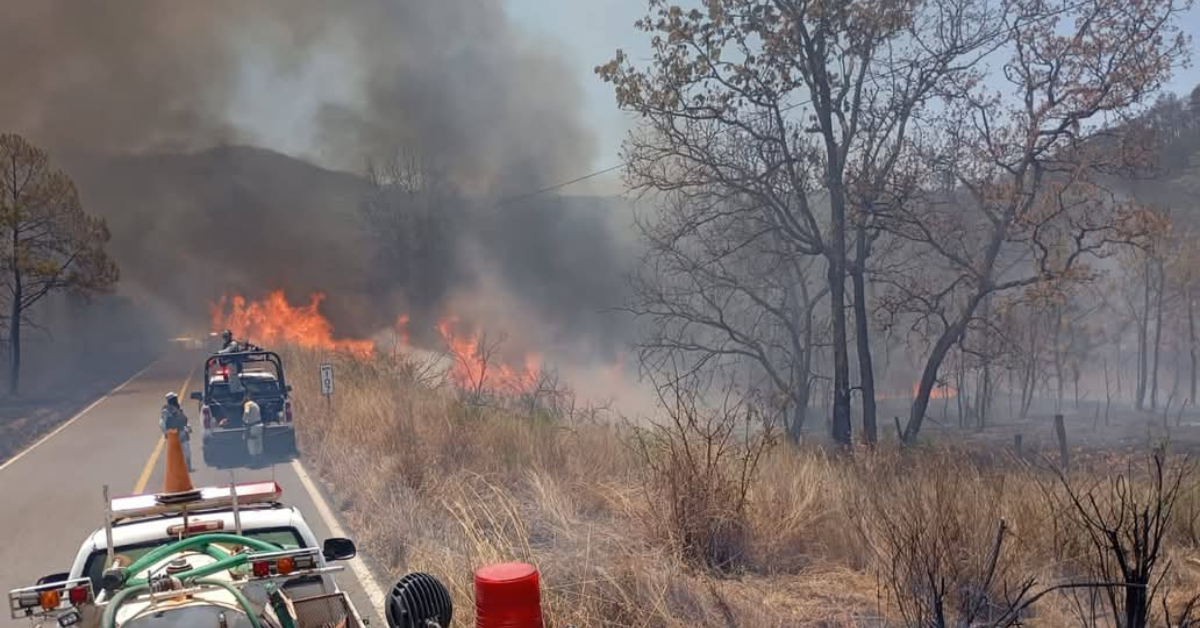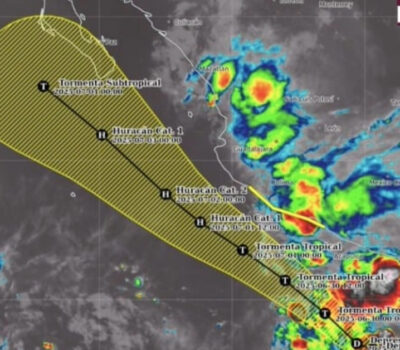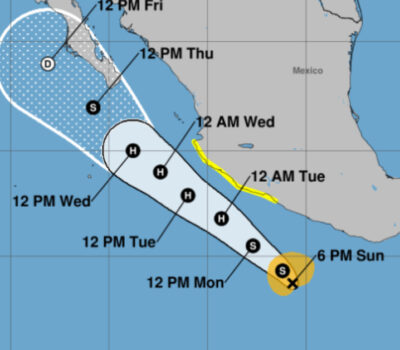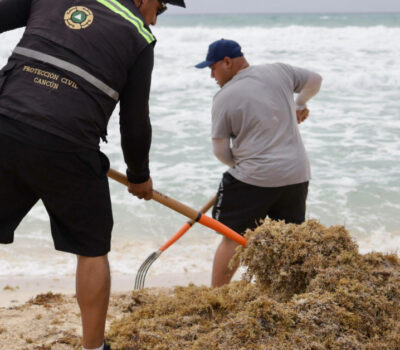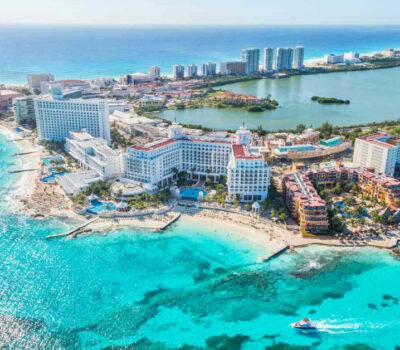The State Civil Protection and Fire Unit reports that recent blazes between Tomatlán, Cabo Corrientes and Puerto Vallarta have burned more than 12,000 hectares of forest and grassland, underscoring peak drought risks and urging controlled agricultural burns.
Puerto Vallarta, Mexico – More than 12,000 hectares of forest and grassland have been devastated by a string of wildfires in Jalisco’s North Coast–Western Sierra region, according to the State Civil Protection and Fire Unit (UEPCBJ). Deputy Commander Blanca Becerra reported that the latest incident alone, which broke out between Tomatlán and Cabo Corrientes in early May 2025, consumed nearly 7,000 hectares of vegetation. An earlier blaze in the same corridor had already blackened close to 5,000 hectares, while multiple grassland fires have struck Puerto Vallarta in recent weeks.
“We’re in the most difficult month — May — when drought conditions are at their peak, and we’re exceptionally vulnerable to ignitions,” Becerra said. May typically sees the lowest rainfall and highest temperatures of the year, creating tinderbox conditions across forests and ranchlands.
These full-scale exercises and emergency responses are overseen by the Mexican Navy in its capacity as the National Maritime Authority, working alongside state, municipal and private-sector partners to test and refine coordinated firefighting plans. In November 2023, a Level III port security drill inside Puerto Vallarta’s maritime terminal evaluated the readiness of concessionary companies and naval personnel; however, recent grassland fires in the municipality have underscored ongoing vulnerabilities to human-caused blazes.
Level III status, as defined by the UEPCBJ, entails the activation of heightened security measures for a limited period when a maritime or environmental incident is likely or imminent, even if a specific target cannot be pinpointed. The move to assign Level III to the Tomatlán–Cabo Corrientes fire reflects both its scale and the urgent need for interagency coordination to protect nearby communities and infrastructure.
With human activity cited as the primary ignition source in the majority of these fires, authorities stress the importance of responsible agricultural burning. “Landowners and farmers must notify civil protection authorities before conducting burns, choose appropriate times of day, and ensure containment measures are in place,” Becerra urged. “A single uncontrolled burn can quickly spiral into a massive wildfire.”
Preventive steps include clearing firebreaks around fields, keeping water and firefighting tools on hand, and abstaining from open-air fires during peak drought and high-wind conditions. Local authorities continue to patrol vulnerable zones, ready to deploy ground crews and aerial water drops at a moment’s notice.
As Jalisco heads deeper into the dry season, community awareness and adherence to burn regulations will be critical in averting further ecological damage and protecting both natural habitats and human settlements. The UEPCBJ reminds residents that reporting suspicious smoke or unattended fires immediately can save lives and preserve thousands of hectares of valuable land.
The State Civil Protection and Fire Unit reports that recent blazes between Tomatlán, Cabo Corrientes and Puerto Vallarta have burned more . . .

